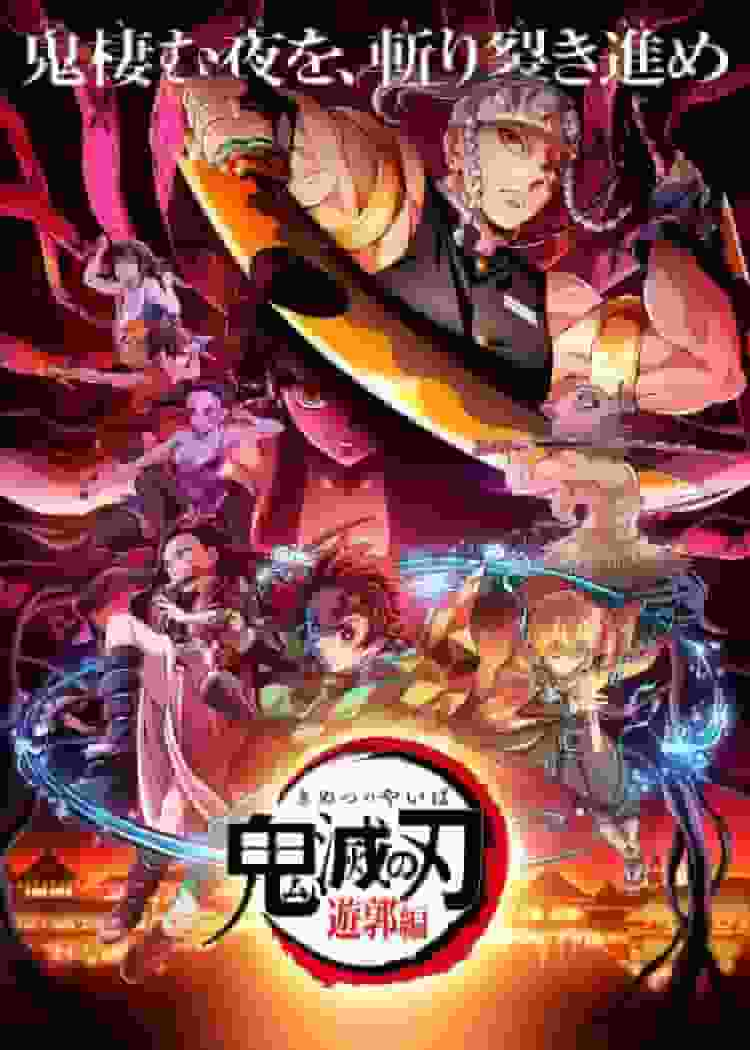Bar

Special Assembly - History of the General Election■ Public Mediatheater ■ Original MediaAnime Original ■ Release dateJanuary 1928 ■ Number of EpisodesEpisode 1 ■ DirectorJunichi Kouchi ■ ProductionSumikazu Film Creation Company ■ExplanationThis is a video of the first general election for the House of Representatives by universal male suffrage, held in 1928. Source: History of Japanese Animation Films, p. 198 ■Detailed explanation and evaluation"The Comic History of the General Election: Special Assembly" is a Japanese animated film released in 1928, depicting the first general election for the House of Representatives by universal male suffrage, which was held in 1928. The film was produced by Sumikazu Eiga Sosakusha under the direction of Junichi Kouchi. Below, we will provide a detailed explanation of the background, production process, content, and evaluation of this film. backgroundThe Universal Suffrage Law, promulgated in 1925 (Taisho 14), granted the right to vote to men over the age of 25. This was a major step forward for democracy in Japan and had a major impact on society as a whole. The first election, held in 1928 (Showa 3), attracted a lot of attention and was covered by various media outlets. "Universal Suffrage Manga History: Special Assembly" is a work that records this historic moment in the form of animation. Production ProcessDirector Junichi Kouchi aimed to create a film that reflected the social situation of the time. Sumikazu Eiga Sosakusha produced this film using animation techniques that were advanced for the time. The production took about six months and involved many staff members. Hand-drawn cel animation was used to create the animation, and photographs of actual election venues were used as references for the backgrounds. Contents"General Election Manga History: Special Assembly" is a short animated story that has a complete story in one episode. The story begins with scenes from across Japan on election day. It depicts people gathering at polling stations, politicians giving speeches, and the tension leading up to the announcement of the results. The animation faithfully reproduces the customs and clothing of the time, making it of great historical value. There are also many humorous scenes that will entertain the viewer. evaluation"Universal Suffrage Manga History: Special Assembly" is highly acclaimed as a work that reflects the social situation of the time. It is especially praised for conveying the significance of universal suffrage and its historical significance in the form of animation. It is also notable for its technical quality as a work that demonstrates the high level of Japanese animation technology at the time. However, the work itself is not very well known, and today it is often treated as a historical document. ■Recommendation details"Fusen Mangashi Tokubetsu Kaigi" is a must-see for history buffs and those interested in the history of animation. It is especially valuable as a resource for learning about Japanese society in the early Showa period. It can also be a useful reference for learning about the animation techniques of the time. However, the work itself is a short film, so it may not be enough for those looking for a story or entertainment value. Therefore, it is recommended for those who are interested in the historical background and animation techniques. ■ Related worksOther animation works produced around the same time as "Special Assembly: History of the General Elections" include "Momotaro's Sea Eagles" (1943) and "Astro Boy" (1963). These works are also highly regarded for reflecting Japanese history and social conditions. Other contemporary animation works include "Your Name" and "Weathering with You." These works are also attracting attention for dealing with social themes. ReferencesHistory of Japanese Animation Films (P198) ■ Summary"Fusen Mangashi Tokubetsu Kaigi" is an animated film depicting the first universal male suffrage held in 1928. Produced by Sumikazu Eiga Sosakusha under the direction of Junichi Kouchi, it is highly regarded as a work that reflects the social situation of the time. It is a must-see for history buffs and those interested in the history of animation, and is particularly valuable as a resource for learning about Japanese society in the early Showa period. However, the film itself is a short story, so it may not be enough for those looking for a story or entertainment value. Therefore, it is recommended for those who are interested in the historical background and animation technology. |
<<: Ushiwaka and Benkei: The appeal and reputation of an anime that combines history and legend
Recommend
Kani-san's Kani-san: A thorough analysis of the appeal of Minna-no-Uta!
Crab-san Crab-san - Everyone's Songs masterpi...
One Piece "FILM RED" episode "The Continuation of the World" full trailer
The new "One Piece" animated film "...
The 25th movie "Detective Conan: Halloween Bride" released its first trailer
The first trailer of the 25th "Detective Con...
The appeal and reviews of "Kagerou Days -in a days-": A deep story and appealing characters
The appeal and evaluation of "Kagerou Days -...
Frogman Company Anthology: A thorough analysis of the unique stories and appeal of the characters
Frogman Company Anthology - Frogman Company Antho...
The film adaptation of "Bad Guys" will be produced by professionals but will be faithful to the original work
At Sony's CES 2025 press conference earlier t...
Netflix's stop-motion animation "Easy Bear Amusement Park" trailer released, premiering on August 25
Today (July 20), Netflix Japan's official Twi...
"Detective Conan: Zero's Daily Life" will be broadcast in April. Toru Furuya will return to the protagonist after 14 years
The new chapter of the series, "Detective Co...
The second season of the TV animation of the famous comic adaptation "Shadow House" has been confirmed and the preview has been released
The official TV animation "Shadow House"...
Netflix's live-action drama "Yu Yu Hakusho" has released all the makeup photos of the main characters and will be broadcast in December 2023
The makeup photos of the four main characters of ...
Review of the movie "Doraemon: Nobita's Little Space War": Reevaluating the appeal and excitement of a space adventure
Doraemon the Movie: Nobita's Little Space War...
The appeal and reviews of "PetoPeto-san": A new standard for soothing anime
"PetoPeto-san" - A heartwarming school ...
"One Piece" will hold its first ice show in history and is scheduled to open this summer
The official website of the extremely popular ani...
The day Star Wars was born! Star Wars officially tweeted on May 25 to commemorate the birth of Star Wars
36 years ago today, on May 25, 1983, the first &q...
Batman: The New Batman is scheduled to be released in Taiwan on March 2, two days ahead of North America
Warner Bros. Taiwan's official INS announced ...









